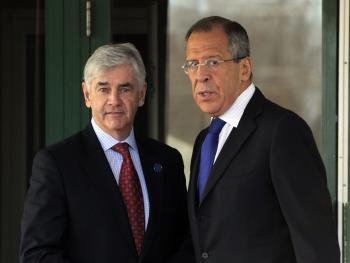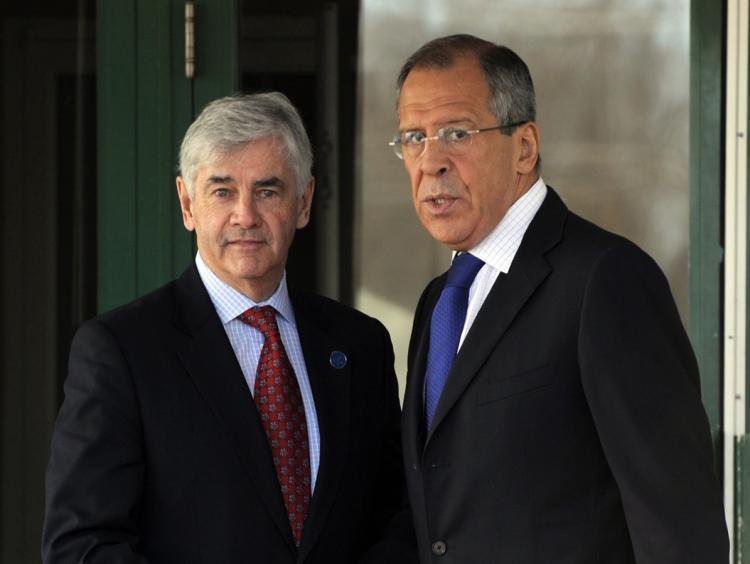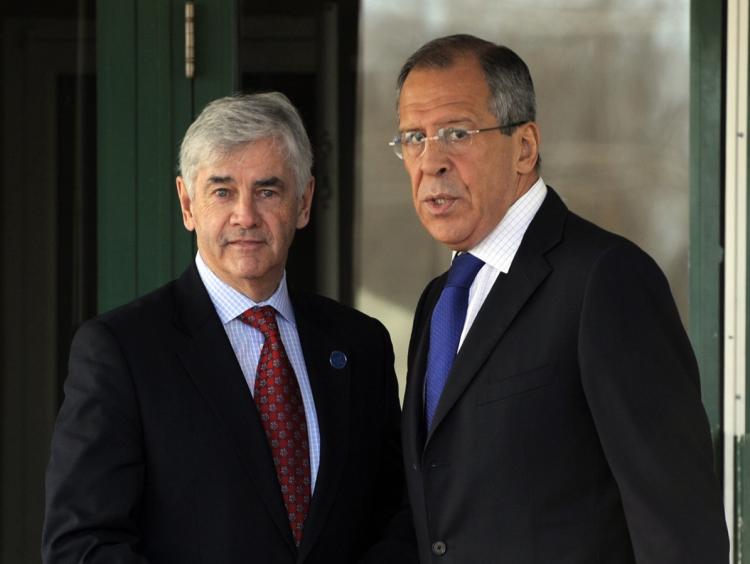TORONTO, Canada—A report into Canada’s worst ever terrorist attack reveals a stunning list of security failures that allowed a bomb to be placed on Air India flight 182 that then exploded on the way from Montreal to Delhi killing all 329 people on board.
The report came out Thursday, 25 years after the June 23, 1985, bombing, and noted that many of the security flaws persist to this day.
The report sights glaring intelligence that indicated the flight was at high risk of sabotage, but the intelligence was ignored.
“[T]he amount of information collectively held by the government made the failure to implement appropriate anti-sabotage measures inexcusable,” noted one of the report’s findings.
Air India was on high alert due to concerns of terrorism by Sikh extremists, a concern Canadian security personnel ignored repeatedly under the mistaken belief that Air India was “crying wolf” to get additional security for free.
“Government agencies failed to appreciate the nature and the seriousness of the threat of Sikh extremism,” said the report.
The report noted an embarrassing list of failings from the Canadian Security Intelligence Service (CSIS) including the fact that the spy agency had Sikh extremists under surveillance when they tested a bomb in rural British Columbia, but mistook the blast for a gunshot and didn’t have a camera with them to take a pictures of the suspects.
CSIS agents were also unable to tell one Sikh from another when they were wearing traditional garb.
Intelligence that was gathered wasn’t shared with appropriate authorities like Transport Canada and the RCMP, Canada’s national police force, noted the report.
Another major problem that the report said could have prevented the bombing was the failure to legislate a well-known anti-sabotage regulation that binds passengers and their luggage together as a single unit, ensuring no person is able to put luggage on a flight they do not board.
Many of the failings came down to a lax security culture at Canadian airports, said the report. Staff put customer service before airline security and security personnel failed to follow standard procedures when handling baggage.
“Canadian airports were plagued by a lax security culture. Restricted areas were not adequately protected, and private security guards and janitorial staff were not required to undergo criminal record checks. Persons with known associations to Sikh extremist groups had access to highly sensitive areas at Vancouver International Airport.”
But the report noted that unfortunate coincidences combined with those failings on that particular day as well. An X-ray machine broke down and problematic replacement technology was used instead, despite known flaws. And though two of the Canadian airports the plane passed through were on a security level that called for the use of RCMP bomb dogs, all of the dog teams were in Vancouver for training.
The report comes five years after the most expensive investigation and prosecution in Canadian history, costing some US$126 million, that failed to convict all but one of the suspects alleged to be involved in the bombing. Inderjit Singh Reyat, the only person who was convicted, pleaded guilty in 2003 to manslaughter and received a five-year sentence.
The report came out Thursday, 25 years after the June 23, 1985, bombing, and noted that many of the security flaws persist to this day.
The report sights glaring intelligence that indicated the flight was at high risk of sabotage, but the intelligence was ignored.
“[T]he amount of information collectively held by the government made the failure to implement appropriate anti-sabotage measures inexcusable,” noted one of the report’s findings.
Air India was on high alert due to concerns of terrorism by Sikh extremists, a concern Canadian security personnel ignored repeatedly under the mistaken belief that Air India was “crying wolf” to get additional security for free.
“Government agencies failed to appreciate the nature and the seriousness of the threat of Sikh extremism,” said the report.
The report noted an embarrassing list of failings from the Canadian Security Intelligence Service (CSIS) including the fact that the spy agency had Sikh extremists under surveillance when they tested a bomb in rural British Columbia, but mistook the blast for a gunshot and didn’t have a camera with them to take a pictures of the suspects.
CSIS agents were also unable to tell one Sikh from another when they were wearing traditional garb.
Intelligence that was gathered wasn’t shared with appropriate authorities like Transport Canada and the RCMP, Canada’s national police force, noted the report.
Another major problem that the report said could have prevented the bombing was the failure to legislate a well-known anti-sabotage regulation that binds passengers and their luggage together as a single unit, ensuring no person is able to put luggage on a flight they do not board.
Many of the failings came down to a lax security culture at Canadian airports, said the report. Staff put customer service before airline security and security personnel failed to follow standard procedures when handling baggage.
“Canadian airports were plagued by a lax security culture. Restricted areas were not adequately protected, and private security guards and janitorial staff were not required to undergo criminal record checks. Persons with known associations to Sikh extremist groups had access to highly sensitive areas at Vancouver International Airport.”
But the report noted that unfortunate coincidences combined with those failings on that particular day as well. An X-ray machine broke down and problematic replacement technology was used instead, despite known flaws. And though two of the Canadian airports the plane passed through were on a security level that called for the use of RCMP bomb dogs, all of the dog teams were in Vancouver for training.
The report comes five years after the most expensive investigation and prosecution in Canadian history, costing some US$126 million, that failed to convict all but one of the suspects alleged to be involved in the bombing. Inderjit Singh Reyat, the only person who was convicted, pleaded guilty in 2003 to manslaughter and received a five-year sentence.








Friends Read Free